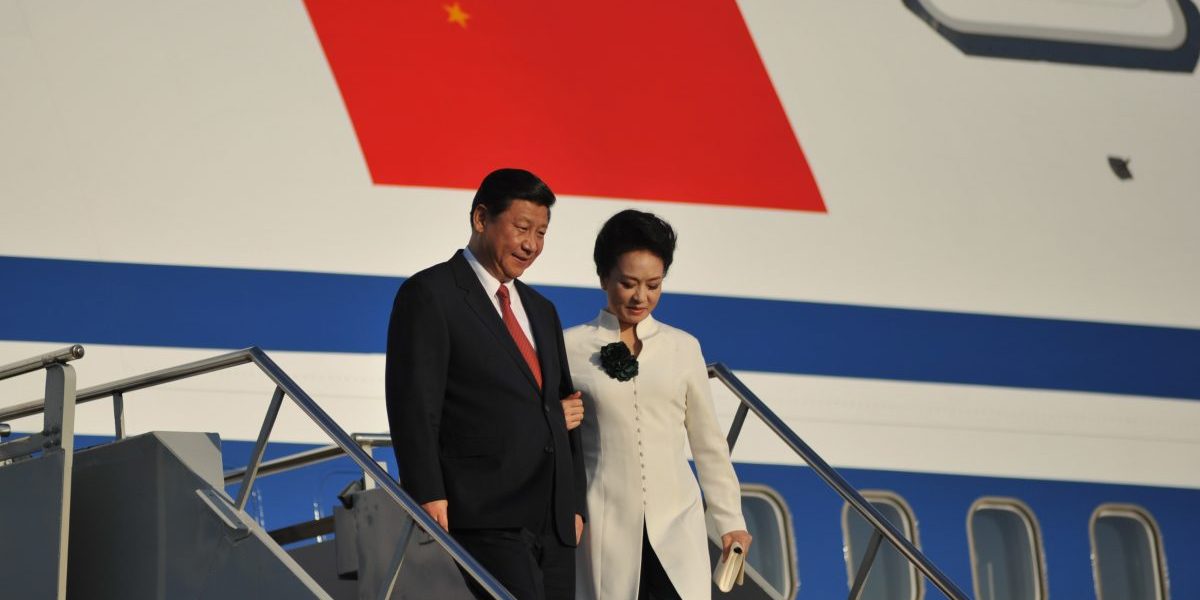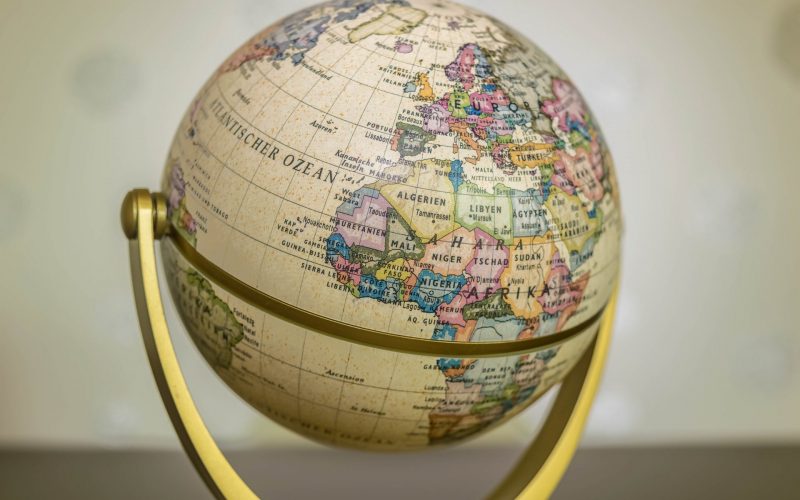This translates into mounting geopolitical muscle, with China now a permanent member of the UN security council, a powerful player in the World Trade Organisation (WTO) and on the fringes of coveted Group of Eight membership.
Southern Africa, by contrast, is beset with problems. It is marginalised from the world economy, tenuously plugged into global foreign direct investment flows and dependent on northern markets for its commodity exports, tariff preferences and financial aid.
South Africa is a notable exception, offering the best prospect for driving regional economic integration. Yet even it has chronic social problems and, compared with east Asian developing countries, anaemic economic growth.
So what implications does China’s emergence on the global stage hold for southern Africa? On the positive side of the balance sheet, three dynamics are discernible:
First, there are opportunities in the “minerals nexus”: exchange of southern African minerals for cheap Chinese manufactured goods. China’s manufacturing boom is fuelled by imported minerals.
Southern Africa possesses a range of these, such as iron ore. While China’s boom continues, exports of these minerals will increase and Chinese investment in the region to secure sources of supply is likely to grow.
Furthermore, if China’s rapid economic growth is sustained, then these commodities’ prices will be underpinned, thus mitigating the age-old problem of the commodity exporter: declining terms of trade. This would support fragile balance of payments positions in the region and alleviate pervasive debt repayment problems.
Second, as more of China’s land is taken out of agricultural production and its urban population expands, so its agricultural goods imports could rise. But China is investing heavily in genetically modified food technologies, which have the potential to increase yields and reduce import needs.
Still, southern Africa has the potential to export food to China. Given regional incapacities, this would promote Chinese investment in the region to secure food supplies.
Third, South Africa alone in the region has the potential to supply services into the Chinese market. For example, South Africa has a world-class financial services sector and its construction companies are internationally competitive.
These services are critical inputs into any economic process and are poised to benefit from supporting regional trade expansion associated with deepening economic ties with China, potentially establishing a virtuous economic circle.
The negative side of the balance sheet has four discernible entries:
First and foremost, imports of cheap Chinese goods are displacing regional production in domestic and third-country (primarily northern) markets. This has generated major political tensions and concomitant agitation for protection.
In the WTO it has also buttressed demands from African countries for the West to preserve current preferential market access levels under schemes such as the African Growth and Opportunity Act.
Second, this raises troubling questions about the region’s industrial trajectory, particularly South Africa’s. This has two dimensions: in light of China’s secular expansion, fears are growing that southern Africa is being condemned to the status of a primary products exporter, and in a regional context of pervasive unemployment, questions are being raised as to where employment growth will come from.
These concerns are reflected in South Africa’s export profile to China: in 1993 advanced manufactures accounted for 50 percent of total South African goods exports to China, while resource and intermediate products constituted the remainder; in 2003 advanced manufactures accounted for just 8 percent of the total, while resource and intermediate products constituted 92 percent.






